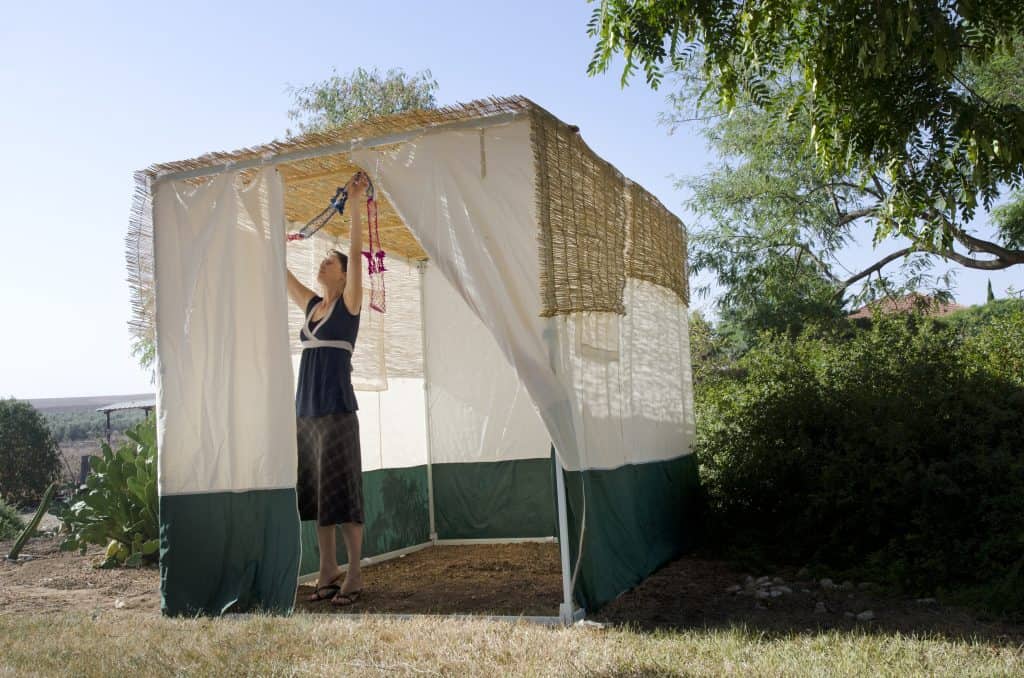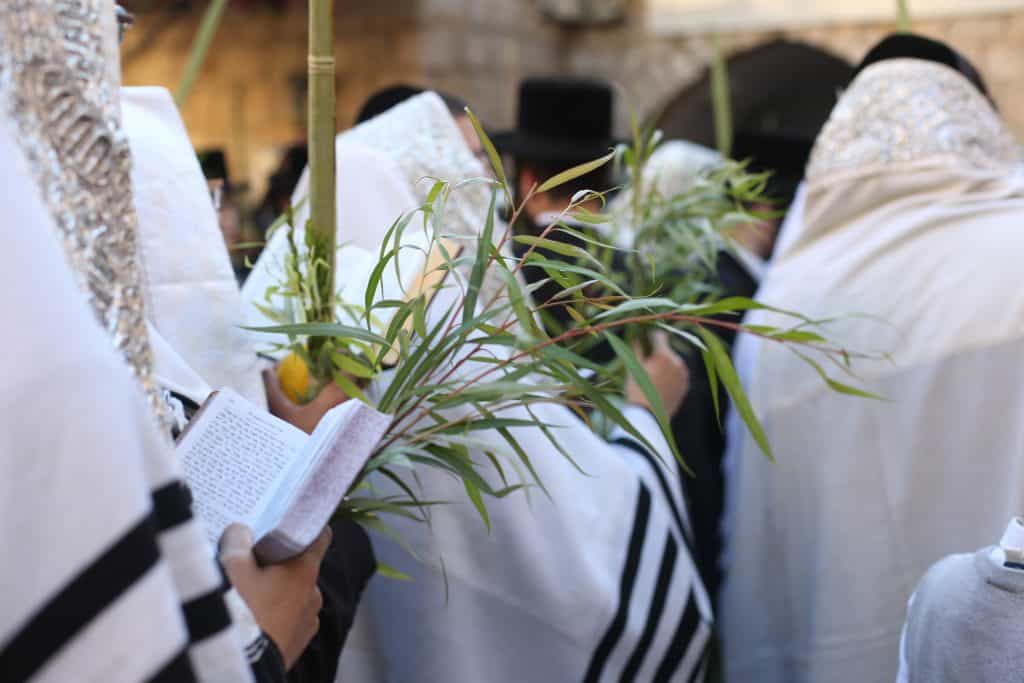Sukkot, the Feast of Tabernacles, is a vibrant and joyous Jewish festival celebrating harvest season and historical events. This seven-day holiday, followed by an eighth day of celebration called Simchat Torah, holds a special place in Jewish tradition. Furthermore, the construction and dwelling mark it in temporary outdoor huts, known as sukkahs, and the waving of the “Four Species.” Sukkot weaves themes of gratitude, unity, and the connection between past, present, and future.
The Significance of Sukkot
Harvest Festival: Sukkot originally served as a harvest festival when people gathered to give thanks for the bountiful produce of the land. It was a way to express gratitude for the sustenance provided by the earth.
Commemoration of the Exodus: Sukkot also commemorates the Israelites’ journey through the wilderness during the Exodus. The sukkah, or temporary booth, represents the makeshift dwellings used by the Israelites during their wanderings.
Connection to Nature: Moreover, the holiday emphasizes the connection between humans and nature, highlighting the dependence on the land’s resources and the importance of environmental stewardship.

Customs and Traditions
Building the Sukkah: Furthermore, one of the central customs of the Feast of Tabernacles is the construction of a sukkah. These temporary huts are typically built in backyards, balconies, or courtyards, with walls made of natural materials such as wood, bamboo, or fabric and a roof that provides shade while allowing a view of the sky.
Dwelling in the Sukkah: Observant Jews eat their meals, study, and sleep there throughout the holiday. This practice serves as a reminder of the impermanence of life and the temporary nature of material possessions.
Waving the “Four Species”: During Sukkot, the “Four Species” are waved as part of the prayer service. These consist of the lulav (palm branch), etrog (citron), hadass (myrtle branches), and aravah (willow branches), symbolizing different parts of the land of Israel.
Jewish Heritage Four Day Tour
Hoshanah Rabbah: On the seventh day of Sukkot, a special ceremony known as Hoshanah Rabbah is observed. Participants encircle the synagogue’s bimah (a raised platform) while holding the Four Species and reciting prayers.
Simchat Torah: The celebration of Sukkot culminates with Simchat Torah, a day dedicated to completing and restarting the annual Torah reading cycle. It is marked by joyous dancing, singing, and unrolling the Torah scrolls.
The Jewish Calendar

Conclusion
Lastly, the Feast of Tabernacles is a time of great rejoicing and unity within Jewish communities. The sukkah, with its open roof, serves as a reminder of the transitory nature of life and the importance of appreciating the present moment.
So, it brings families and friends together, encouraging a sense of togetherness, gratitude, and a connection to the harvest and the shared history of the Jewish people. Sukkot continues to be a cherished festival that celebrates the cyclical nature of life, the abundance of the land, and the enduring bond between past and present.







